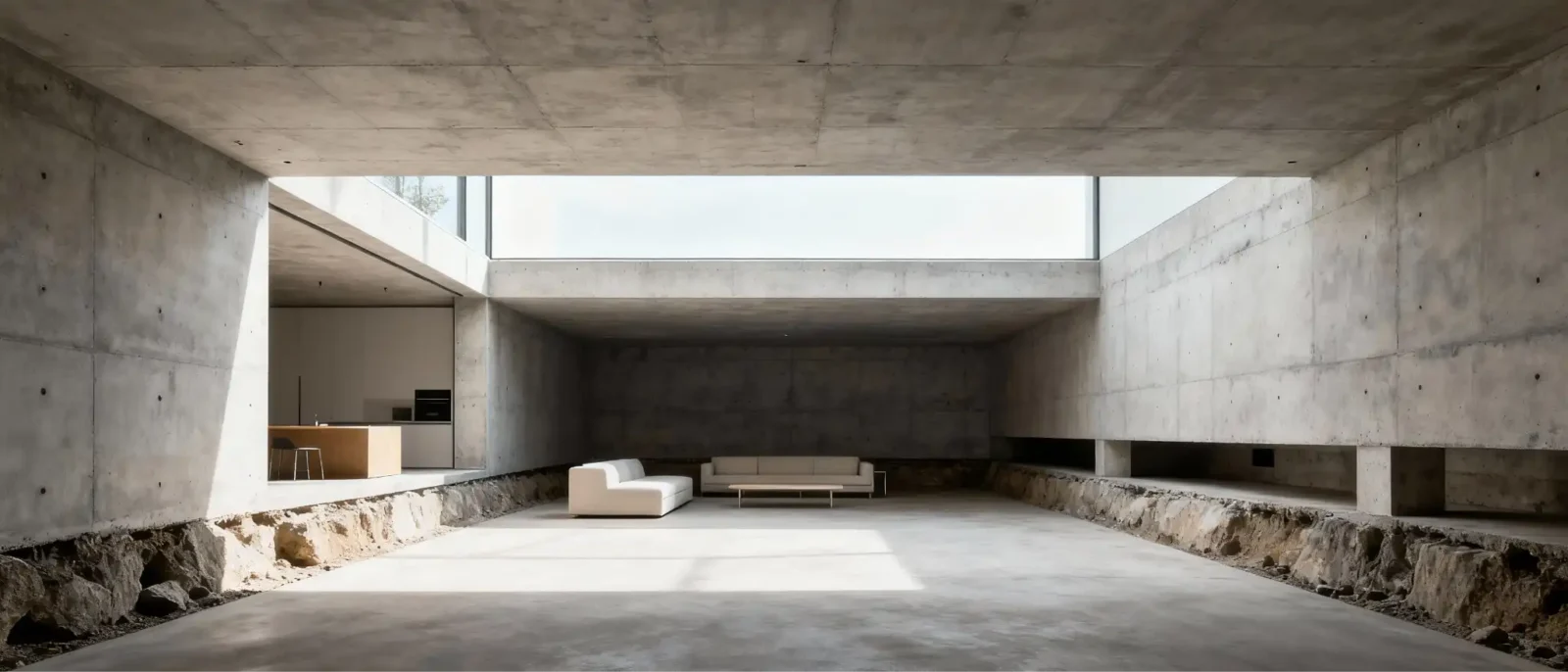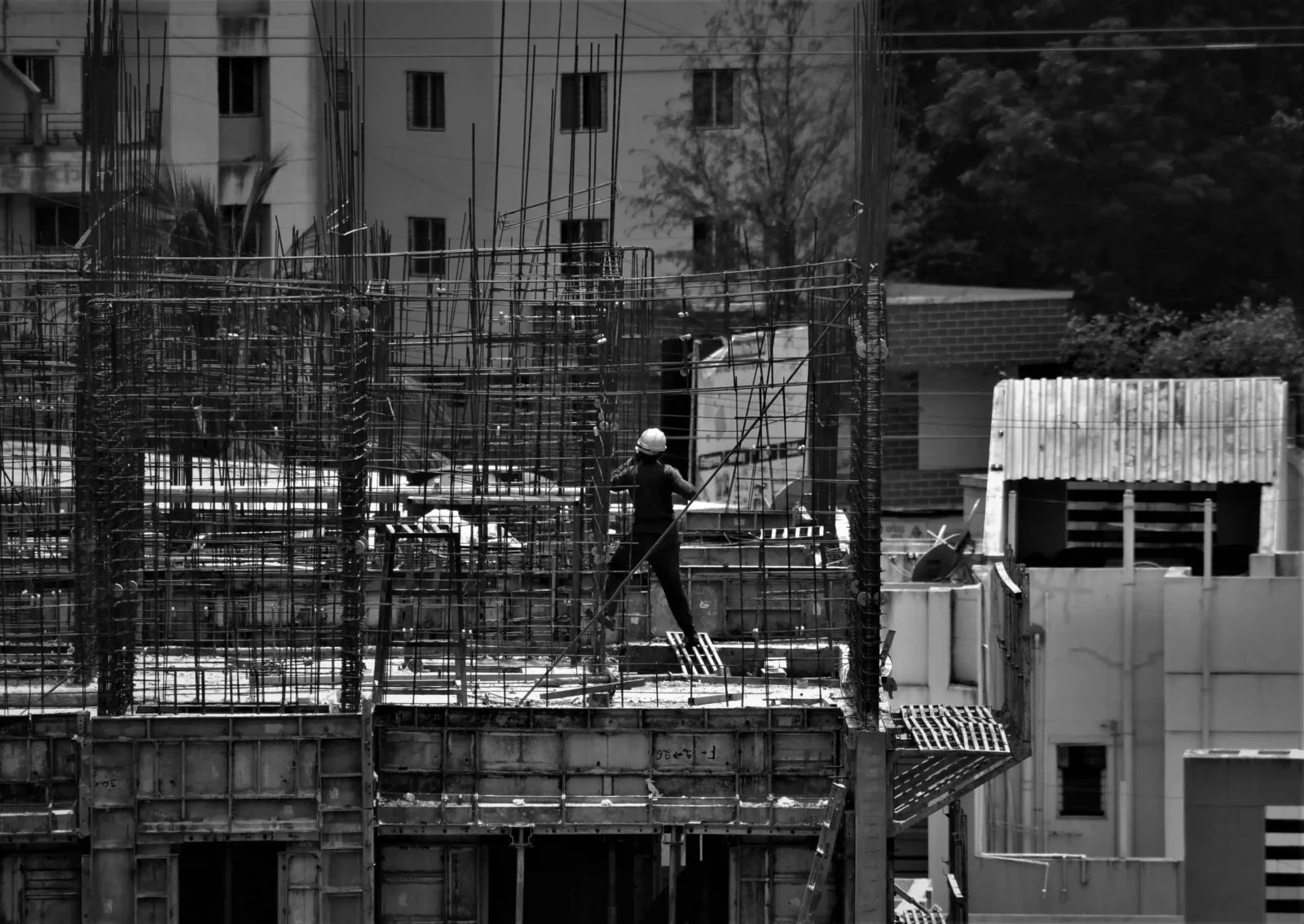- Home
- Articles
- Architectural Portfolio
- Architectral Presentation
- Inspirational Stories
- Architecture News
- Visualization
- BIM Industry
- Facade Design
- Parametric Design
- Career
- Landscape Architecture
- Construction
- Artificial Intelligence
- Sketching
- Design Softwares
- Diagrams
- Writing
- Architectural Tips
- Sustainability
- Courses
- Concept
- Technology
- History & Heritage
- Future of Architecture
- Guides & How-To
- Projects
- Interior Design
- Competitions
- Jobs
- Store
- Tools
- More
- Home
- Articles
- Architectural Portfolio
- Architectral Presentation
- Inspirational Stories
- Architecture News
- Visualization
- BIM Industry
- Facade Design
- Parametric Design
- Career
- Landscape Architecture
- Construction
- Artificial Intelligence
- Sketching
- Design Softwares
- Diagrams
- Writing
- Architectural Tips
- Sustainability
- Courses
- Concept
- Technology
- History & Heritage
- Future of Architecture
- Guides & How-To
- Projects
- Interior Design
- Competitions
- Jobs
- Store
- Tools
- More

With proper installation and regular care, your concrete slab leveling can last 20 to 50 years or even longer. Factors influencing longevity include the leveling technique used, soil condition, and environmental influences. Routine inspections and sealing cracks keep slabs strong, while good drainage prevents issues like moisture damage and erosion. Pay attention to warning signs—like wobbling slabs, water pooling, or hollow sounds—to address problems promptly. With ongoing care, you can maximize your concrete leveling investment.
Factors Affecting Concrete Leveling Longevity
When you invest in concrete slab leveling, you naturally want the repairs to last as long as possible. The longevity of concrete leveling depends heavily on quality of workmanship, so choose professionals who pay attention to detail.
Proper void filling matters greatly, since gaps beneath the concrete can weaken repairs and shorten durability. Underlying soil also plays a huge role; stable, compacted soil prevents shifting and erosion, keeping your slab level for decades.
Regular maintenance makes a big difference too. Routinely sealing cracks and managing drainage helps stop water intrusion and erosion, protecting your investment.
Don’t overlook environmental factors either, like moisture and pests. Being proactive and addressing these issues early guarantees your concrete leveling repairs remain strong and stable for many years to come.
Common Causes of Premature Concrete Leveling Failure
Even with expert concrete leveling, certain issues can pop up and cause your repairs to fail sooner than expected.

Soil erosion is a common culprit, since water flow under your concrete slab can wash away the soil and create voids beneath it. These empty spaces weaken support, causing your slab to sink again.
Similarly, improper void filling during concrete leveling leaves gaps, making your slab vulnerable to settling and pressure damage.
Pest infestations can also create trouble; rodents burrowing beneath your slab can quickly disrupt its stability.
Thankfully, proactive measures and regular maintenance help avoid these issues. Redirect water away from your slab, inspect regularly for signs of pests, and address tiny problems early to extend the life of your repairs.
Durability Comparison of Concrete Leveling Methods
When you’re choosing a concrete leveling method, it’s helpful to know how each one holds up over time, like mudjacking, which is budget-friendly but can have challenges with larger drill holes and uneven filling.
Polyjacking is another option that’s quick to install and causes less disruption, but remember, it doesn’t necessarily last longer than the others.
For a sturdy, reliable fix, stone slurry grout stands out for its strength and durability, especially if you keep up with good maintenance habits like managing water drainage and preventing pests.
Mudjacking Durability Factors
Mudjacking can be a reliable solution for uneven concrete slabs, often lasting from 20 to over 50 years, depending on how well the job is done and what’s happening beneath the surface.
Durability depends heavily on the condition of the underlying soil. If void filling isn’t thorough, the material might form concentrated pillars, causing slabs to settle again.
Soil erosion and water flow underneath can also threaten long-term stability, so drainage management becomes essential. By directing water flow away from your slab, you can minimize erosion risks and prevent premature failure.
Regular maintenance, such as sealing cracks quickly and checking drainage pathways, goes a long way toward protecting your mudjacking investment. Taking these proactive steps keeps your concrete slab level and secure for years.
Polyjacking Lifespan Comparison
If you’re considering polyjacking, you’ll be glad to know it can keep your concrete slab level for a long time—typically 20 to 50 years or more—with proper installation and regular maintenance.
Polyjacking’s durability matches other concrete leveling methods, such as mudjacking, when done correctly. Although some myths suggest polyjacking’s waterproof nature greatly extends its lifespan, the truth is, its long-term performance depends mostly on soil stability, thorough void filling, and consistent upkeep.
Regular maintenance helps prevent erosion or pest issues, keeping your slab strong and secure. Compared to mudjacking, polyjacking offers quicker installation and less disruption to your property.
Still, whichever method you choose, carefully evaluating your site’s conditions guarantees you’ll have a stable, level concrete slab for many years to come.
Stone Slurry Strength
Polyjacking is great, but another durable option worth considering is stone slurry grout leveling. This method creates long-lasting repairs, often lasting between 20 and 50 years or more if done correctly.
Stone slurry grout leveling uses a strong mix of cement, sand, and water, giving concrete slabs stable support you can count on. Because it fills voids effectively, your repaired slabs stay level and solid, especially when the underlying soil is stable and compacted.
One reason it’s so durable is the controlled pressure and speed during effective application, preventing future settling issues. To maximize longevity, practice proper maintenance by regularly checking for cracks or erosion, quickly addressing any concerns.
With these simple steps, your stone slurry repairs can last reliably for decades.
Best Maintenance Practices for Extended Concrete Leveling Lifespan
Because you’ve invested time and money into leveling your concrete slabs, it’s important to take steps to keep them stable and safe for as long as possible.
Good maintenance practices help protect your concrete leveling investment. Regularly inspect the slab for any small cracks or gaps, then caulk them quickly to stop water intrusion and soil erosion beneath the surface.
Keep your drainage systems working well by fixing leaky gutters and downspouts, so water flows away and doesn’t cause harmful voids under your slabs.
Adjust your landscaping, keeping soil even with slab surfaces, to avoid soil settling.
Also, seal your concrete surfaces with quality sealants, adding durability against weathering and wear.
With these simple but effective maintenance practices, your leveled concrete can stay strong for years.
Signs That Your Concrete Leveling Needs Attention
You’ve worked hard to keep your concrete slabs level and secure, but even with careful maintenance, some issues may eventually pop up.

Recognizing the signs your concrete leveling needs attention helps you avoid bigger problems down the line. If slabs have settled at least a quarter-inch, that’s a clear sign of instability beneath.
Pay attention to rocking or wobbling slabs when you walk on them, as this indicates loss of support. Hollow sounds when tapping the surface often suggest voids underneath.
Notice any water pooling around slabs or drainage issues in your basement? This could mean erosion has affected the fill beneath the concrete.
Finally, visible cracks or gaps at joints can compromise the integrity of your concrete leveling, so don’t wait—take action now.
Maximizing Your Concrete Leveling Investment
Although concrete leveling can last decades when done right, getting the most out of your investment means taking a few simple but essential steps.
First, choose a leveling method that fits your needs, such as mudjacking or polyjacking, to guarantee durability.
Next, pay attention to your soil conditions, making sure compaction and stability issues are addressed before repairs.
Regular maintenance also plays a big role in longevity. Seal any cracks quickly to prevent water intrusion and keep an eye on drainage around your slab to avoid soil erosion.
Finally, stay proactive about pests and watch for signs of settling or unevenness. A little attention today can extend the life of your concrete leveling repairs, saving you money and hassle down the road.
illustrarch is your daily dose of architecture. Leading community designed for all lovers of illustration and #drawing.
Submit your architectural projects
Follow these steps for submission your project. Submission FormLatest Posts
Elevate Your Utah Brand with Proven Online Strategies
Utah’s business landscape is more competitive than ever. From Salt Lake City’s...
What Really Keeps a City Alive? The Energy Behind Urban Motion
What gives a city its sense of life, the constant hum that...
The Vertical Revolution: How Basement Underpinning Creates Architectural Gold from Forgotten Spaces
Think about the last time you walked into a room with soaring...
Best Tools for Tracking Construction Labor Hours
Quick View of the Products Listed Best Overall: Workyard – Complete construction...












Leave a comment